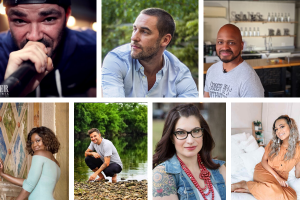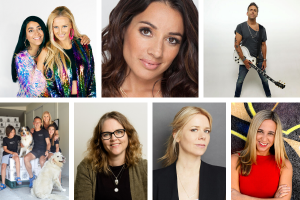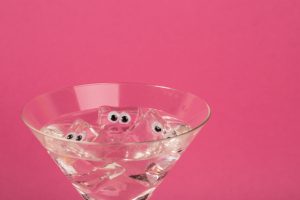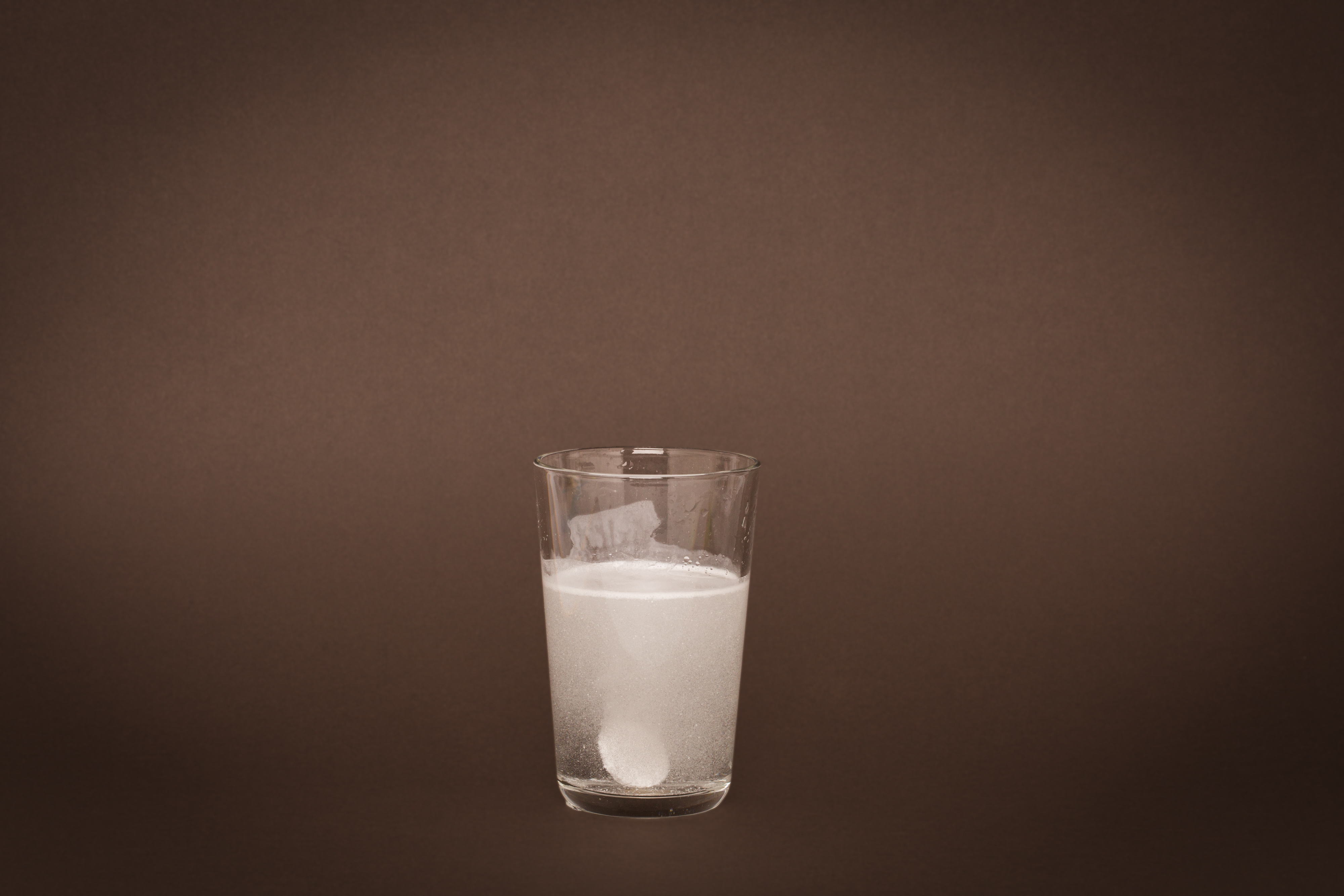
Key stats for the media
The Mindful Drinking trend is here to stay
There are plenty of people cutting down or quitting, and who want better non-alcoholic drink options. The success of Club Soda’s previous six Mindful Drinking Festivals proves this.
“the festival proves the popularity of mindful drinking … the event will attract the huge numbers of mindful drinkers in and around London. We hope that other alcohol brands will follow in their [Seedlip’s] footsteps and respond positively to this new, emergent movement.”
And the statistics back us up:
- The country is sober curious: 8.6m consumers are actively moderating their drinking (Source: Drinkaware Monitor 2018)
- Whereas 20.9% of the UK adult population don’t drink at all (Source: latest ONS statistics from May 2017)
- Two-fifths of Brits aged 18-24 either do not drink or are trying to moderate their alcohol consumption. However, the largest group of non-drinkers in Britain are women aged 50 and above. (Source: latest Kantar data)
- Not happy to put-up with a compromise drink when at home or going out, mindful drinkers of all kinds are reaching for the new wave of alcohol-free beers, spirits, wines and craft sodas. Last year the sale of low and no beer, wine and spirits grew by £22.4m.
- Next to water an alcohol-free beer is the healthiest thing you can drink in the pub (low in calories, no added sugar and no hangover)
- More than four million consumers signed up to the Dry January campaign in 2019, a number that is expected to rise in 2020.
The growth in sales and interest in low alcohol and alcohol-free drinks is consequently led by a cross-generational, multi-motivated consumer base. It is just the motivations are different. Younger people are protective of their mental health and drinking less, whether as the rave generation have decided that if they are investing in the gym and kale they can’t keep knocking back bottles of wine and undoing all the hard work. From Daniel Radcliffe to Zoe Ball we are unified in our mindful drinking habits.
What these trends around consumer choices do tell us is that:
- People are drinking less alcohol and this is a generational trend that will continue
- Interest and sales in low and no alcohol drinks is increasing
- Less people are going to the pub than ever before.
Mindful drinkers want better options
The Club Soda Guide is the result of ongoing research, looking at how to change the behaviour of pubs and bars to the growing number of people not drinking or moderating their alcohol consumption. Some highlights are:
- 73% of those surveyed would like to see new and unusual flavours of drinks in the pub
- 66% want lower sugar options
- Over half want more availability of non-alcoholic beers too
- 57% confirm that the choice of low and no alcohol drinks does influence their decision of which venues to go to
- Cost rarely makes an appearance in the answers, indicating that most customers would be willing to pay more for a healthier, more adult-feeling soft drink.
You can read the full report here.
All customers want choice
In the summer of 2018, 62% of Irish adults planned on drinking non-alcoholic drinks at social events. Almost 3 in 10 (28%) would substitute a non-alcoholic version of an alcoholic drink (source: Checkout; and our Summer 2018 Festival saw the UK launch for Silk Tree Botanics, non-alcoholic Irish spirit from Dublin!).
According to Mintel’s Alcoholic Drinks Review, 27% of Britons are drinking more low- or no-alcohol drinks compared to a few years ago. And the figure is 42% of those aged 18-24 and 45% of those aged 25-34 (source: The Guardian).
UK findings from LWC Drinks 2016 tell us that:
- 62% of customers want to find options available on a menu, with 48% looking at the back of the bar
- 83% of customers rate lower sugar options as important
- 1 in 5 customers say there is not enough choice on offer
- 29% of customers choose a non-alcoholic drink because they don’t fancy an alcoholic drink at the time
The drinks industry is catching up
According to the latest Buyer’s Guide to Mindful Drinking, the no and low alcohol beers, wines and spirits category was worth £116m in the UK in 2019. The no and low-alcohol category has also seized £71 million in shopper spend from BWS over the past year, according to Kantar data.
The value of the adult soft drinks category is even higher; coming in at £202m. In the last 12 months, there have been 271 ‘premium soft drink’ launches in the UK in total. This is just as well, as 61% of consumers want better choice when it comes to adult soft drinks. (Source: Distill Ventures, 2019)
What these figures illustrate just how important it is for retailers to embrace the trend for mindful drinking. Drinks Retailing News even commented in the 2019 Buyer’s Guide to Mindful Drinking that they receive approximately 4,000 press releases per day announcing new alcohol-free drinks!
Low and no alcohol beer is big news
Nielsen, the market research company says that alcohol-free beer is the fastest-growing trend in the drinks market.
UK sales of low and alcohol-free beers jumped 28% in the year to February 2019, compared with the previously 12 months. The alcohol-free beer and cider category is now worth £61m in potential UK retail sales. (Source: Neilsen MAT Sales Value, data to 28.09.19)
Non-alcoholic beer may have had a bad reputation, but that is fast disappearing. A similar sales growth is replicated in Germany, where as many as one in 15 beers sold is now estimated to be alcohol-free.
Meanwhile, in Spain, which is the world’s largest consumer of alcohol-free beer – overwhelmingly in the form of ice-cold lagers – they account for 14% of all sales.
Low and no-alcohol beer has seen a huge increase in sales of 381% since 2017, according to EeBria Trade’s Craft Beer Trends report.
Almost 3% of beers, bought so far in 2019, have been 2.8% ABV or below and half of those have been 0 to 0.5% ABV.
It predicted that low alcohol beer is here to stay and expects the trend to continue quickly because there is still a way to go in the UK to reach the sales levels reached by other countries.
World’s biggest brewer, AB InBev, plans to grow low and no alcohol beer from 8% of their total sales in 2017 to 20% by 2025 (low alcohol is here defined as under 3.5% ABV; source: FoodDive).
For Danish brewer Carlsberg, alcohol-free beer volume jumped by 26 per cent across Western Europe in the Summer of 2018 (compared to summer 2017), and previously, in their annual results for 2017 they said that alcohol-free beer production had grown by 15% in Western Europe from the year before.
Nanny State 0.5% ale is Brewdog’s 4th biggest selling beer (source: Morning Advertiser).
Alcohol free spirits are on the up
Alcohol free spirits, or distilled botanicals (this type of drink is still finding its name!) are one of the fastest growing segment of the entire drinks industry. The value of alcohol free spirits sold in the UK grew from £17.5 million to £25.9 million in the year to June 2018 (Source: CGA, quoted in the Morning Advertiser). This is still only about 0.3% of the total spirits sales, but it will grow fast.
According to Distill Ventures, in April 2018, there were just four non-alcoholic spirits on the market in the UK; however by October, just 6 months later, there were 42. There are also promising signs of even greater growth in the future.
In fact, 55% of venues are either dedicating sections of their menus to non-alcoholic drinks, or creating stand-alone menus for them. 42% of the wider London on-trade are expecting non-alcoholic spirits in particular to play a key role in their overall sales mix over the next 12 months.
Is low and no alcohol wine and cider next?
So alcohol free beer is already big, but what about wine and cider? We think they will soon catch up:
The Wine and Spirit Trade Association says that “low-alcohol wine category has increased 10 times since 2009 to around 3% of the market – that’s more than 37 million bottles, worth over £70m. Producers are responding to consumer demand for products that fit changing lifestyle habits” (source: The Guardian).
According to Nielsen, the value of non-alcoholic wine [sales] in the UK rose by 66% in 2018 (Source: The Drinks Business).
Pubs and bars need to step up too
A November 2018 article in trade magazine Inapub listed some of the key statistics for pubs and bars:
“Half of people now moderate their alcohol intake; as few as one in 50 young adults describe themselves as a frequent drinker, and more than a million extra people have chosen to abstain from alcohol entirely in the last four years (all figures Ipsos).”
And there’s more: “15 per cent of people say they would visit pubs more often if there were better non-alcoholic drinks available (Poplus Pub Survey, March 2017).”
So all licensed venues need to stay on top of these trends as well, not just for their customers’ sake, but for their own bottom line. Club Soda’s online guide currently lists the best drinks and venues for mindful drinkers. You can see the Club Soda Guide website here.
Quotes from dudes in the know
“It’s no longer enough just to have regular juices and sodas available – people want to drink better things and we can see this being an increasingly important part of our market. The success of things like Sober October and Dry January show that there’s definitely a market out there.”
Paul Mathew, co-owner The Arbitrager
“Do not underestimate the alcohol free market. As people have become more savvy with what they eat, they also look at what they are drinking. Our food menu has got plenty of vegan, vegetarian, gluten free and calorie-light options these days, and so our drink menu has the same kind of options.”
James Daley, manager of The Draft House
“Many people don’t drink or don’t drink alcohol all of the time but they are underserved – who wants to drink cola all of the time?”
Gellert Krizso, Bar Manager of Grain Store
“The industry now needs to innovate to remain relevant and respond to changes in consumer tastes and drinking habits. We need to make sure as consumers if we want to have a wider choice that we make our voices heard and the industry responses to that.”

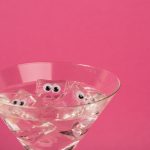 Next Post
Next Post
